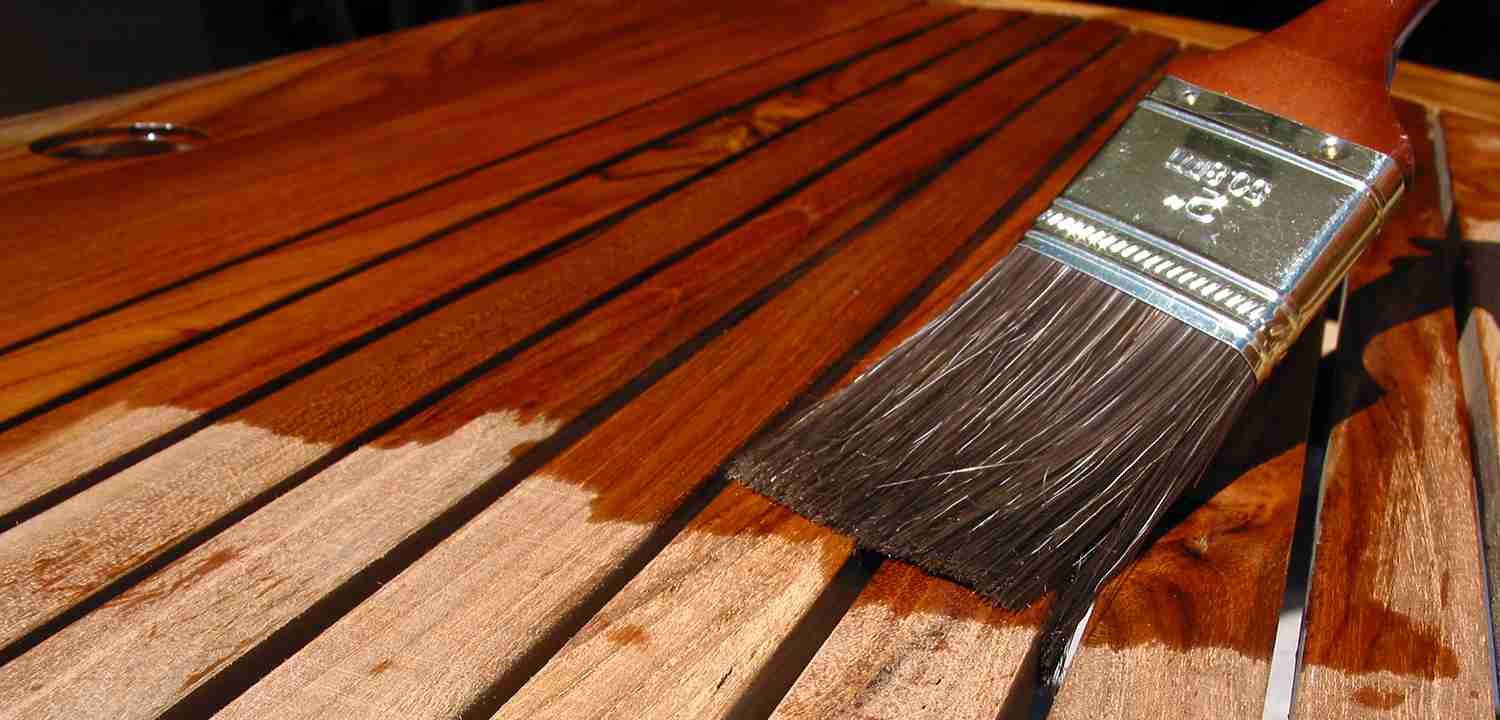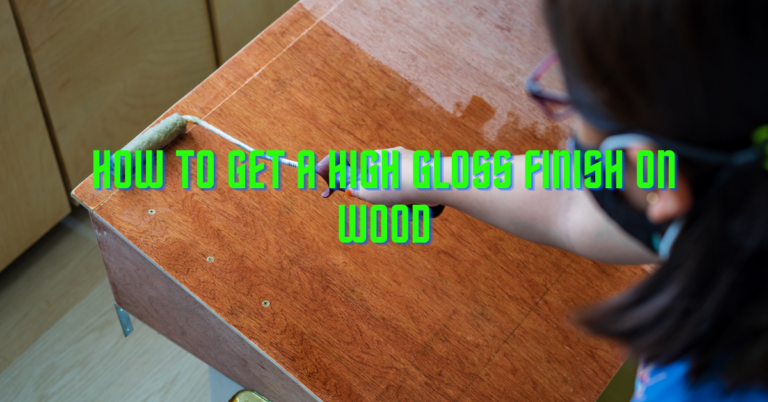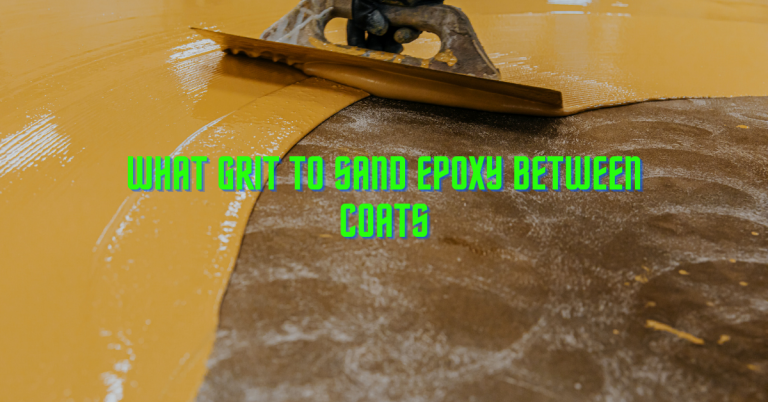How To Use Paint Thinner To Clean Brushes
Paint thinner is a generic word that refers to a variety of solvents used to dilute paint or remove it off brushes, rollers, and other painting equipment. Turpentine, acetone, naphtha, toluene, and xylene are all common paint thinners.
Oil-based paints, primers, and stains are broken down by these powerful solvents, making it easier to remove paint from a surface or clean painting tools.
So, if you’ve ever left your paint brushes out overnight and discovered them dry and hard the next morning, don’t panic. When it comes to getting paint off of your brushes, there are a few different methods that you can use to know how to use paint thinner to clean brushes. Shall we?

All at a Glance
Is Paint Thinner and Paint Cleaner the Same Thing?
Because paint thinner is half the price of mineral spirits and works just as well, it is the ideal choice for cleaning brushes.
Aside from the pricing, there are other minor distinctions between the two solvents: Both are petroleum-based substances. Paints, as well as thin oil-based paints and varnishes, can be cleaned using both of them.
Do you clean your brushes with a mixture of paint thinner and water?
Yes. The bucket should be filled with around 6 inches of water. Use paint thinner or mineral spirits if you’re working with oil-based paint.
To store the thinner or spirits, you’ll need a tiny container that’s somewhat larger than the width of the paintbrush. This can be done with tin cans that have been used previously.
Also Read: Top 5 Best Torch for Acrylic pouring
How to use paint thinner to clean brushes
The following are the steps to cleaning brushes using paint thinner.
- Paint Thinner should be added to a container.
To make it easier to dip paintbrushes, paint rollers, and rags, get a bucket or small container to carry the paint thinner. Use a glass container instead of a plastic one, as the paint thinner will eat away at the plastic and seep out.
Make sure your paint-washing vessel is clearly labeled so that food does not end up in it. Dip your paintbrush in the solvent.
- Spin the brush
Spinning removes a lot more filthy material from between the brush’s bristles than you can by hand. The more you spin, the less you’ll have to rinse the brush. Start by swirling your brush in the solvent and moving it back and forth.
- Paintbrushes and rollers should be kept clean at all times.
Fill the paint thinner container halfway with brushes and rollers. Make sure you’re wearing the proper protective gear, such as gloves, before grabbing the paintbrush or roller to help wipe away the paint as the paint thinner breaks it down.
- Fill a bucket with soapy water and clean the brush.
Many purists will choose to omit this step, which is perfectly acceptable. A brief soap and water wash, on the other hand, will not harm a natural-bristle brush, and water washing will make it easier to wrap the bristles as stated in the water-based paint brush cleaning guidelines.
To eliminate the paint thinner residue, clean the brush and roller with warm, soapy water before rinsing and drying them.
- Keep the brush in the container it came in.
Place the brush back in its case once you’ve extracted as much water as possible from it. The bristles will be neat and enclosed, which will help retain the shape of your brush.
However, make sure the brush is completely dry before storing it, as storing a damp brush can lead to mold and mildew growth.
Safety Measures while using Paint thinner
Most paint thinners include harsh chemicals that might irritate the user’s nose, mouth, throat, lungs, and eyes. Because paint thinner is often corrosive and irritating to the skin, it is very important and advisable to work in a well-ventilated area with the proper safety equipment.
Breathing protection, gloves, a long-sleeve shirt, long pants, closed-toe shoes, and safety goggles with a rubber seal to avoid eye irritation should all be included.
How to Remove Paint Using Paint Thinner
- Select the Proper Paint Thinner for the Job
Because different paint thinners are intended for use on different materials, it is important to choose one that is right for the job.
There are several options available, including products for hardwood, drywall, aluminum, steel, and other surfaces. Choose the right type for the job based on the material.
- Apply the paint thinner
Apply a thin layer of paint thinner to a small part of the surface with a cheap paintbrush. Follow the manufacturer’s instructions and let the paint thinner settle for the specified period. The paint usually softens in about 20 minutes.
- Remove the paint
After you must’ve allowed the paint thinner to soften the paint, scraping the paint off the surface of the material should be very simple with a plastic paint scraper.
If you can’t get all of the paint off using the plastic scraper, you may need to use more paint thinner. Just keep in mind that too much paint thinner can penetrate into porous surfaces like wood.
- Wipe away the Paint Thinner.
Clean the area where the paint thinner was applied with clean water and a cloth or rag once the paint has been removed. This protects and prepares the wood or metal surface for repainting.
Frequently Asked Questions (FAQs)
How Long Should Paint Brushes Be Soaked In Paint Thinner?
Submerge the bristles thoroughly in the solvent if you’re using a plastic bowl or other small container. Do not dip a soiled brush directly into the solvent.
Stir the brush into the solvent 10 to 30 seconds later. Clean the bristles by wiping them against the bowl once they’ve been cleaned.
Is Paint Thinner Bad for Brushes?
When painting, it’s a good idea to keep the paint away from the ferrule. A paint thinner is a mixture of volatile organic compounds (VOCs) that has been manufactured to be combustible and flame-resistant.
Acids from corrosive chemicals can eat away at the glue that holds the bristles together, causing them to fall apart.
Can You Clean With Thinner?
Never clean a surface with paint thinner or mineral spirits, since they might leave an oily residue. It is possible to clean the tool and equipment thoroughly. Cleaning equipment or tools with this tool is not advised.
Which Paint Thinner Should You Use For Cleaning?
Here are a few pointers that may be of use. When oil-based paint is still wet, a paint thinner can be used to remove it off brushes and other equipment.
Acetone, the only solvent strong enough to dissolve paint after it has dried, can be used to dissolve it frequently. Paint thinners are not recommended for latex, shellac, or lacquers.
Paint Thinner: How to Keep It Safe
After using the paint thinner, close the container and store it somewhere cool and dry. Refer to the manufacturer’s instructions for the appropriate storage temperature, and consider storing the paint thinner in a place like a basement workshop, garage, or shed during the summer months as long as the temperature within the storage location does not become too hot.
Because paint thinner is often a volatile chemical, high temperatures can cause it to evaporate, putting the container at risk of bursting or even catching fire.
How to Store Brushes Properly to Avoid Damage
Cleaning a petrified brush is akin to applying a band-aid. You may completely avoid this issue if you take excellent care of your brushes from the start.
- For starters, make sure you clean the brush after each usage. It may appear to be a hassle, but it significantly increases the life of your brush and keeps it functioning like new.
- Second, you must preserve your brushes properly to prevent them from becoming damaged over time. Hanging your brushes is the best method to store them. Most brushes have a peg-hole at the top of the handle that is specifically designed for this purpose. To hang your brushes, use a peg board.
- Place your wet paintbrush in a plastic bag if your painting project isn’t finished but you need to take a break. Squeeze out as much air as you can from the bag. You can put the damp brush in the plastic bag for a few days and then resume your cleaning.
Conclusion: How To Use Paint Thinner To Clean Brushes
Cleaning paintbrushes is a simple procedure that should be completed at the conclusion of each painting session. The same can be said for removing paint from your clothing.
Is it necessary to clean your paintbrushes after each use? Yes. A low-quality brush is a disposable brush. It will be less expensive to use higher-quality paint brushes if you learn how to clean them, and you will achieve more professional-looking results.
It feels wasteful to throw away a brush after you’ve used it, and it’s demoralizing to clean it up just to have it transform into a paintbrush-themed sculpture by the next time you use it.
Cleaning a paintbrush may seem tedious, but you’ll be glad you did when your brushes are in tip-top shape for your next project. Thank you for taking the time to read our instructions to properly clean your paint brushes. Hopefully, you now see how important it is to take proper care of a paintbrush, which encompasses everything from cleaning to storage to use.
Important Reads:







